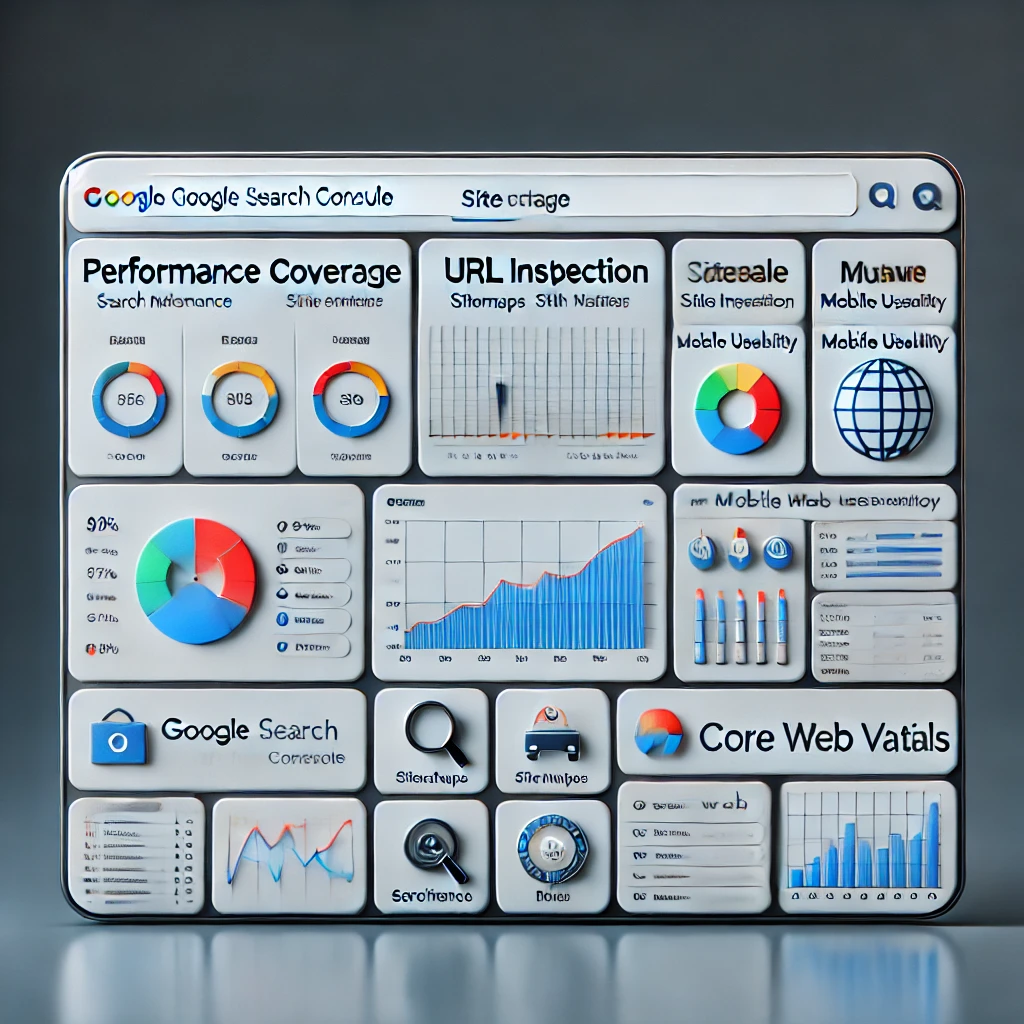Email marketing remains one of the most effective ways to connect with your audience and drive conversions, yet it’s not as simple as hitting ‘send’ and hoping for the best. Crafting emails that get clicked requires understanding the principles of effective email marketing, personalization, and compelling design. This guide will walk you through the strategies that can transform your emails from mere inbox fillers into high-impact marketing tools that drive clicks and conversions.
1. The Importance of the Subject Line
Before you can get any clicks, you need to get your email opened. And this starts with the subject line. This short piece of text plays a crucial role in determining whether your recipients will open the email or ignore it. Here are some tips for creating subject lines that get clicks:
- Be Clear and Specific: Avoid vague or generic subject lines. Let your recipient know what they will gain by opening the email. A subject like, “Unlock 20% Off Your Next Purchase” is clear, actionable, and enticing.
- Create Urgency: Words like “limited time” or “last chance” can create urgency, prompting recipients to open the email quickly.
- Personalization: Including the recipient’s name or their previous interactions with your brand (like “We Miss You, [Name]!”) can increase open rates.
2. Preheader Text – Don’t Ignore It
Once the subject line captures attention, the next piece of text recipients see is the preheader. This 35-90 character snippet should complement the subject line and provide more context. The preheader serves as an extension of the subject line and can reinforce the urgency or benefit of opening the email.
- Stay Relevant: Ensure the preheader provides additional value or insight, so it feels like a continuation of the subject line.
- Short and Sweet: Make sure it’s concise, as email clients often truncate longer preheaders.
3. Personalization – Making It All About the Recipient
Personalization goes beyond just addressing the recipient by name. It’s about tailoring the email to their interests and behaviors, making the content feel relevant and timely.
- Behavioral Triggers: Use data-driven triggers to send targeted messages based on a recipient’s actions. For instance, if a customer abandoned their cart, send a personalized reminder email with a special discount to encourage them to complete the purchase.
- Segment Your List: Segment your email list based on interests, purchase history, or geographic location. This allows you to send more relevant messages, which increases the chances of recipients clicking on the email content.
- Dynamic Content: Use dynamic content blocks that change based on the recipient’s behavior or preferences. This could include showing personalized product recommendations or special offers tailored to their past interactions.
4. Crafting Compelling Email Copy
The copy of your email needs to engage the reader from the first line and guide them toward taking action. The tone, clarity, and call to action (CTA) are key components of successful email copy.
- Clear and Concise: People skim emails, so make sure your key message stands out. Use short sentences, bullet points, and subheadings to break up the text and make it scannable.
- Engaging Tone: Write in a conversational tone that resonates with your audience. Avoid corporate jargon and focus on being relatable and approachable.
- Value Proposition: Be upfront about the value you’re offering. Whether it’s a discount, valuable content, or an exclusive offer, make it clear why your reader should act now.
- Strong Call-to-Action: Your email should include a CTA that clearly tells the reader what you want them to do. Use actionable language like “Shop Now,” “Get Started,” or “Claim Your Offer.” Make sure your CTA is visually distinct and easy to find.
5. The Role of Visual Design in Driving Clicks
An email that is visually appealing can significantly increase engagement and click-through rates. Your design should be aesthetically pleasing but, more importantly, functional.
- Responsive Design: With over half of emails being opened on mobile devices, it’s essential to ensure your emails are responsive. The layout, images, and buttons should automatically adjust for different screen sizes.
- Minimalist Layout: Don’t overwhelm your audience with too much information. Keep the layout clean and focus on the essentials: your offer, a strong CTA, and supporting images or graphics.
- Use of Images: Including images can make the email more engaging, but don’t overdo it. Ensure that the images align with the content and help convey your message. Keep file sizes small for faster loading times.
- Button Placement: Place your CTA buttons prominently in the email. Ideally, they should be near the top for easy access, and you can even repeat them towards the bottom of the email to reinforce the action you want readers to take.
6. Timing and Frequency
When you send your emails plays a significant role in how well they perform. The timing must align with the recipient’s habits and preferences, while the frequency needs to strike a balance between staying top of mind and avoiding fatigue.
- Best Time to Send: Test different sending times to see when your audience is most likely to engage. Research shows that sending emails in the morning on weekdays, particularly Tuesdays through Thursdays, tends to yield the best results.
- Email Frequency: Don’t overwhelm your recipients with too many emails. Find a balance between staying in touch without bombarding them. Typically, sending one or two emails a week is a good practice, but this will vary depending on your audience and the type of content you’re sharing.
7. A/B Testing: The Secret to Constant Improvement
Even the best email marketers don’t always get everything right on the first try. This is where A/B testing comes in. Testing different elements of your emails—subject lines, CTAs, visuals, or even the time of day you send your emails—allows you to gather data on what works best for your audience.
- Test One Variable at a Time: To get accurate results, change only one element per test. For example, test different subject lines with the same content or test two different CTAs.
- Use the Data: After conducting tests, analyze the results to understand which version of the email performed better. Use these insights to refine your email marketing strategy.
8. Optimizing for Deliverability
If your emails don’t land in your recipient’s inbox, they can’t take any action. To ensure your emails reach the right people, follow best practices for email deliverability:
- Use a Recognized Sender Name: Send emails from a name or address your recipients will recognize.
- Clean Your Email List: Regularly clean your email list by removing inactive or bounced email addresses to maintain good sender reputation.
- Avoid Spam Triggers: Certain words and phrases can trigger spam filters, reducing the likelihood that your email reaches its intended recipient. Avoid excessive use of all caps, certain words like “free,” and overuse of exclamation marks.
9. Track and Analyze Metrics
Finally, the most effective email marketers are those who analyze their campaigns and continuously optimize them. Track key metrics such as:
- Open Rates: Indicates the effectiveness of your subject line and preheader text.
- Click-Through Rates (CTR): Measures the effectiveness of your content and CTA.
- Conversion Rates: Tracks how many recipients completed the desired action (like making a purchase).
- Bounce Rates: Measures the percentage of emails that couldn’t be delivered.
By continuously monitoring these metrics, you can refine your strategy, ensuring your emails are consistently driving action.
Conclusion
Crafting emails that drive clicks is an ongoing process of optimization and refinement. From perfecting your subject lines to analyzing your results, every step of the email creation process has a significant impact on how your messages perform. By understanding the psychology of your audience, personalizing content, and focusing on clean, compelling design, you can create emails that not only get opened but also inspire action. Keep testing, analyzing, and evolving your email campaigns, and you’ll see better engagement and higher conversions over time.












